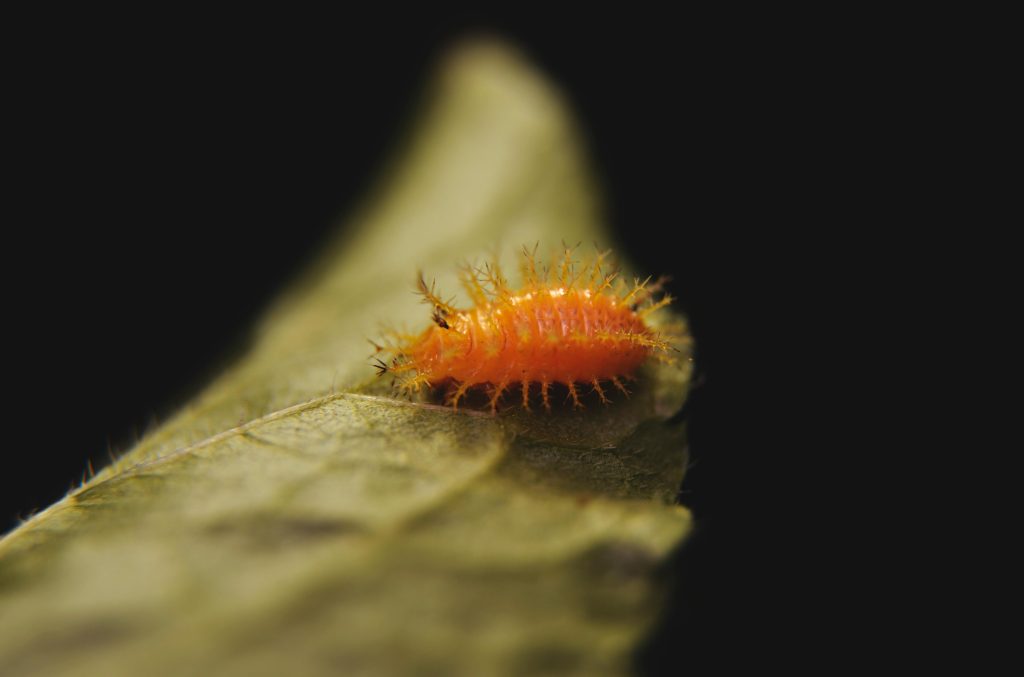Troubleshooting Computer Issues: When Dust Takes a Toll
Hello, fellow tech enthusiasts!
Today, I find myself in quite a predicament and could really use your insights. I know that I’ve come to the right community for help!
Recently, I decided to tackle an extensive cleaning of my home, and wow, the amount of dust I unearthed was astonishing. Once I wrapped up the cleaning, I eagerly settled down to dive into my favorite game, Europa Universalis IV. However, to my dismay, my computer refused to start up!
Curiosity got the better of me, and I decided to investigate. Upon opening my computer case, I was met with a dusty scene that made my heart sink. When I pressed the power button, the rear fan gave a slight twitch, but the system failed to boot. This led me to wonder: could the dust have caused a short circuit, or might a thorough cleaning resolve the issue?
If it turns out that I did experience a short circuit, what’s the best way to diagnose which component might be damaged? Any advice or guidance would be immensely appreciated as I navigate this frustrating situation.
Update: A heartfelt thank you to everyone who offered advice! After meticulously cleaning my system and using compressed air, it’s still not powering up. I’m now gearing up to troubleshoot more thoroughly.
Wishing you all a great day, and looking forward to your thoughts!
Share this content:




Re: Troubleshooting Computer Issues: When Dust Takes a Toll
Hi there,
Sorry to hear you’re experiencing these frustrating startup issues. Dust accumulation can indeed cause hardware problems, including short circuits or overheating, which may prevent your system from booting properly.
Here are some steps you can take to diagnose and address the problem:
If your system still